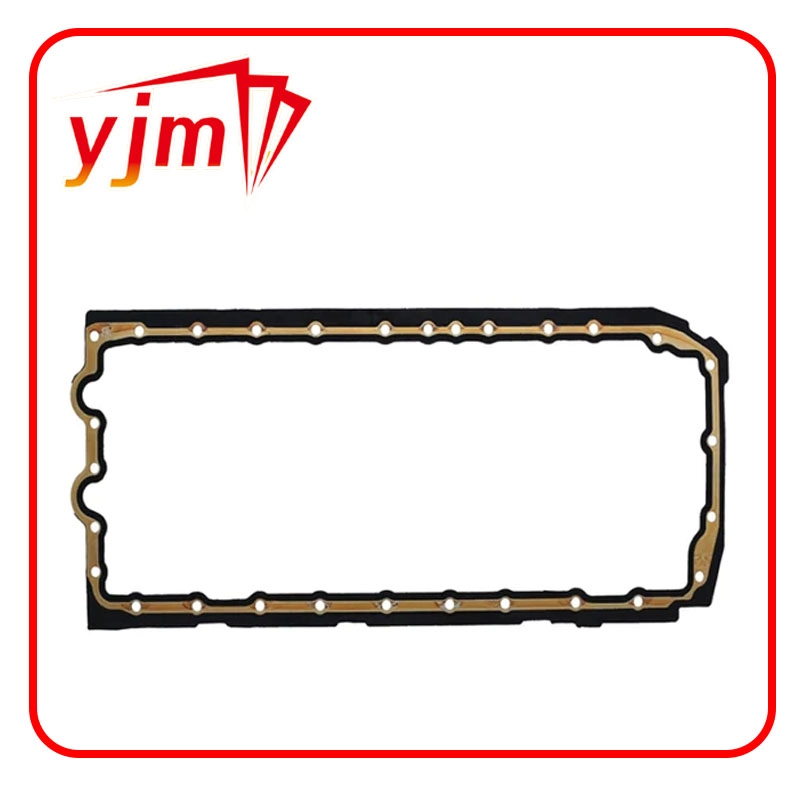engine oil sump gasket
Understanding Engine Oil Sump Gaskets Importance and Maintenance
The engine oil sump gasket, often referred to as the oil pan gasket, plays a crucial role in the overall functioning and longevity of an engine. Situated at the bottom of the engine, the oil sump houses the engine oil, which lubricates and cools various components during operation. The gasket seals the oil pan to the engine block, ensuring that oil remains contained within the sump and preventing leaks that could lead to serious engine damage.
Importance of Engine Oil Sump Gaskets
One of the primary functions of the oil sump gasket is to maintain the integrity of the oil system. A properly functioning gasket prevents oil leaks, which can result in decreased oil levels and potential engine overheating. Oil leaks not only reduce the efficiency of the engine but can also lead to a host of other issues, including contamination of other fluids and environmental damage.
Moreover, the oil sump gasket must withstand high temperatures and pressures as the engine operates. Over time, factors such as heat, vibration, and exposure to various chemicals can cause the gasket material to degrade, leading to leaks. Consequently, regular inspection and maintenance of this component are essential to ensure optimal engine performance.
Signs of a Faulty Engine Oil Sump Gasket
engine oil sump gasket

Drivers should be aware of several signs that might indicate a failing oil sump gasket. One of the most noticeable symptoms is the presence of oil spots or puddles under the vehicle. If you notice a significant decrease in engine oil levels without any visible leaks or smoke from the exhaust, it is wise to inspect the oil sump gasket.
Additionally, engine performance issues, such as oil pressure drops or unusual engine noises, can also be indicative of gasket problems. If the oil sump gasket fails, it may not provide a proper seal, leading to aeration of the oil and loss of lubrication in critical areas of the engine.
Maintenance and Replacement
Maintaining the engine oil sump gasket is generally less complicated than it may seem. Regularly checking the oil levels and monitoring for leaks can help catch potential issues early. If a leak is detected, it is essential to address it immediately to prevent further damage to the engine.
Replacing a faulty oil sump gasket typically involves draining the oil, removing the oil pan, cleaning the surfaces, and installing a new gasket. While many car owners may choose to perform this task themselves, it is often advisable to seek professional assistance to ensure that the job is done correctly.
In conclusion, the engine oil sump gasket is a vital component that helps protect your vehicle's engine from damage caused by oil leaks. Understanding its importance, identifying potential issues, and conducting routine maintenance can contribute significantly to the longevity and performance of your engine. By taking proactive measures, drivers can ensure their engines remain in optimal condition, promoting a smoother and more efficient driving experience.
-
Simplifying Oil Changes: A Comprehensive Guide to Oil Drain Plugs and Their Variants
News Aug.04,2025
-
Mastering Oil Drain Maintenance: Solutions for Stripped, Worn, and Upgraded Oil Plugs
News Aug.04,2025
-
Fixing Oil Pan Plug Issues: Leaks, Stripped Nuts, and the Right Replacement Solutions
News Aug.04,2025
-
Everything You Need to Know About Oil Drain Plugs: Sizes, Fixes, and Upgrades
News Aug.04,2025
-
Choosing the Right Oil Drain Plug: A Guide to Sizes, Materials, and Drain Innovations
News Aug.04,2025
-
A Complete Guide to Automotive Drain Plugs: Types, Problems, and Innovative Solutions
News Aug.04,2025
-
The Ultimate Guide to Car Repair Kits: Tools and Essentials Every Driver Should Own
News Aug.01,2025
Products categories















